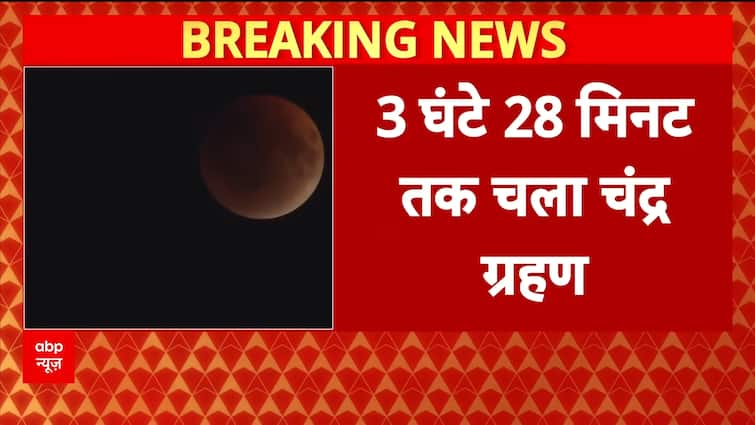Last Updated:
The IAF has just two operational Tejas squadrons. Experts warn that continued delays in deliveries could worsen India’s aircraft backlog and strain combat readiness

HAL is working on Tejas Mark-2, for which India has also made a deal with GE for 414 engines. (PTI/File)
The Indian Air Force is facing a pressing challenge with a severe shortage of fighter aircraft, raising concerns about operational preparedness. The issue comes at a time when countries worldwide, including China, are showcasing advancements in military technology and strengthening their capabilities.
Currently, the Air Force has only 29 squadrons of fighter jets, while it requires 42 squadrons, with each squadron comprising 18 aircraft. Adding to the urgency, two squadrons of MiG-21 aircraft are set to retire this month, leaving India in immediate need of at least 250 aircraft.
Recommended Stories
Tejas Mark-1A Deal
To address this shortfall, the Indian Air Force and the Government of India are relying on indigenous fighter jets, specifically the Tejas Mark-1A. An order has been placed for 180 Tejas Mark-1A aircraft. In 2021, the government approved a deal for 83 Tejas Mark-1A aircraft worth Rs 46,000 crores, followed by approval in August to purchase 97 more aircraft worth Rs 62,000 crores.
According to the 2021 deal, the supply of these aircraft should have commenced long ago, but no deliveries have been made yet. Hindustan Aeronautics Limited (HAL), the public sector company manufacturing these aircraft, has announced plans to deliver two such aircraft in October.
Where The Problem Truly Lies
The primary cause of the delay in delivering Tejas Mark-1A aircraft is the slow supply of American engines. HAL signed a deal with General Electric (GE), an American company, for 404 engines, but GE has significantly delayed their delivery. Although the supply was supposed to start in March 2024, only two engines have been received so far, with the first arriving in April-May this year. As a result, aircraft production is being hampered.
Deadline Slipped In August
GE had committed to supplying 12 engines to HAL in this financial year, promising two engines per month, but failed to deliver any in August. GE has indicated it will supply 4 to 5 engines in September to address the backlog.
The Second Hurdle
Adding to the issues, HAL is working on an advanced version of Tejas, the Tejas Mark-2, for which India has also made a deal with GE for 414 engines. This fighter jet, considered a competitor to the Rafale, is in development and expected to feature stealth technology and advanced weapon systems.
According to the Indian Defence Research Wing website, initially, the first prototype was slated for April-May 2026, but this has now been pushed to late 2026 or early 2027. The first prototype was initially scheduled for this year, but the Director General of the Aeronautical Development Agency, which is overseeing the Tejas program, later confirmed that the timeline would be extended.
Challenges Before The Air Force
The Indian Air Force is concerned about these delays, especially as it faces threats from China and Pakistan. Air Force Chief Marshal AP Singh recently expressed his worries publicly, noting that despite HAL running the Tejas programme for the last 40 years, fewer than 40 aircraft have been delivered.
Currently, the Air Force has only two operational squadrons of Tejas. According to military experts, if these delays persist, India may struggle to address its aircraft backlog.
Sources indicate that efforts are ongoing at both government and military levels to resolve these issues. Experts suggest that although there are delays, HAL has significantly increased its aircraft manufacturing capacity to produce 24 to 30 fighter jets annually, and once the supply chain is established, production will likely accelerate.
September 08, 2025, 11:08 IST
Loading comments…
Read More




